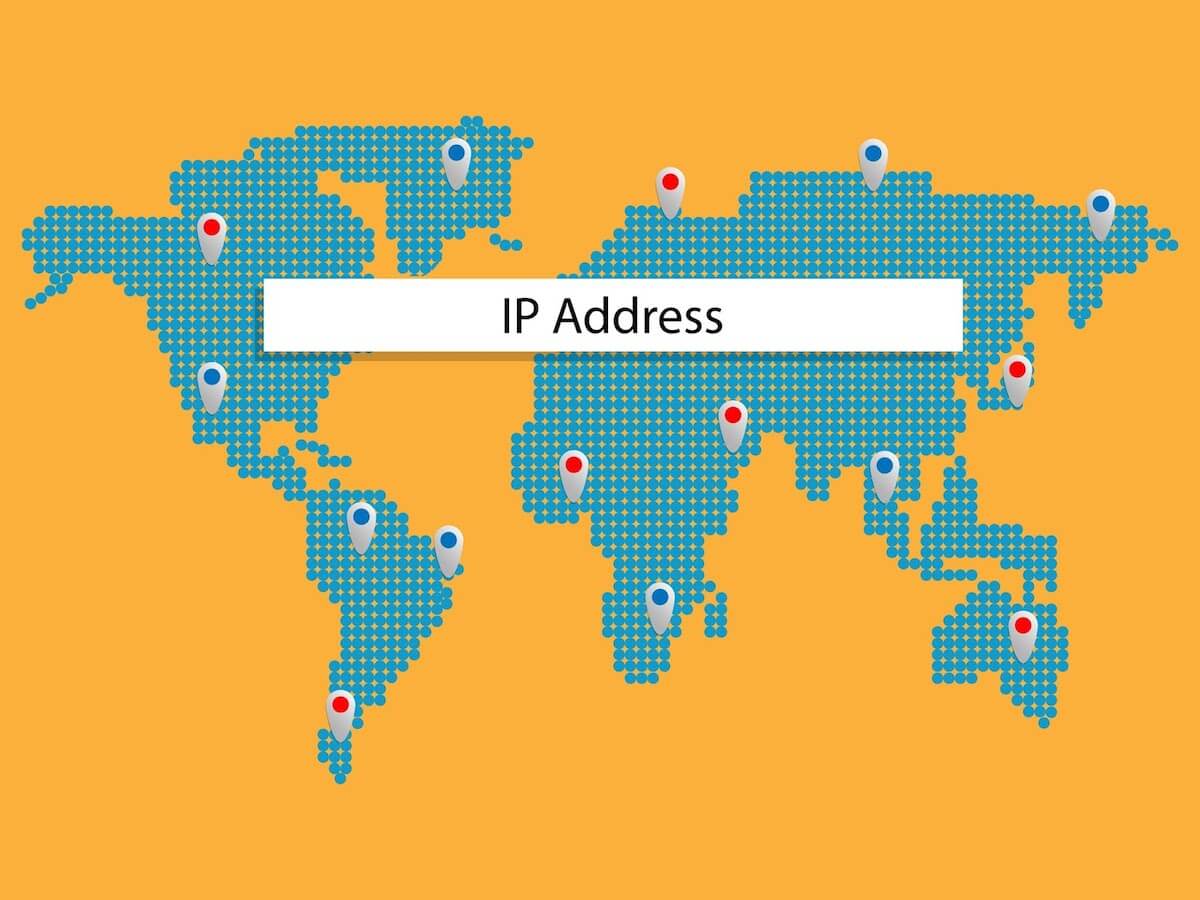How to Maintain Your Domain’s Integrity for Better Cybersecurity with a Domain Name API
In a technologically-forward world we live in today, cybercriminals are employing more sophisticated attacks to compromise domains. In the latest report by the Federal Bureau of Investigation (FBI), email frauds such as business email compromise (BEC) scams via spoofed domains have caused users $26 billion in losses.
For this reason, domain name security is now more important than ever. You can never be sure who is getting to you except when you take the time to get to know them. And that is possible with the use of domain name tools like WHOIS API.











































